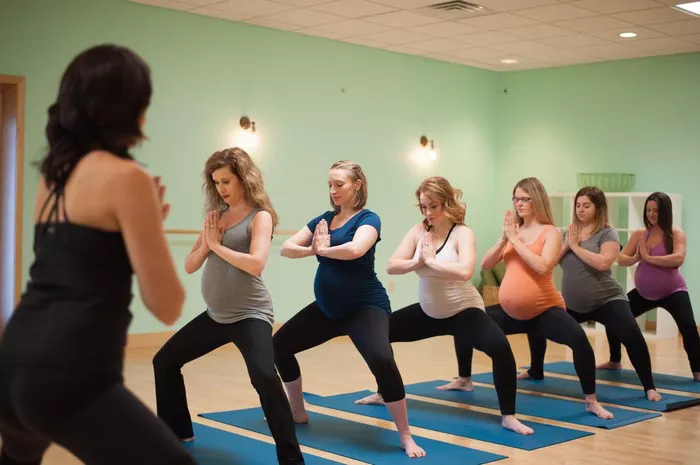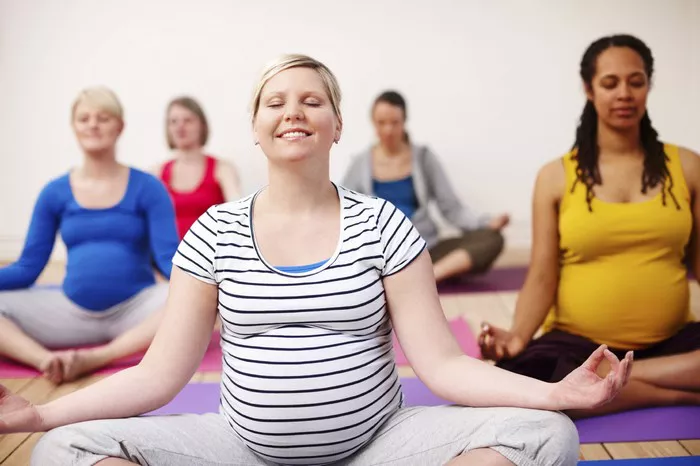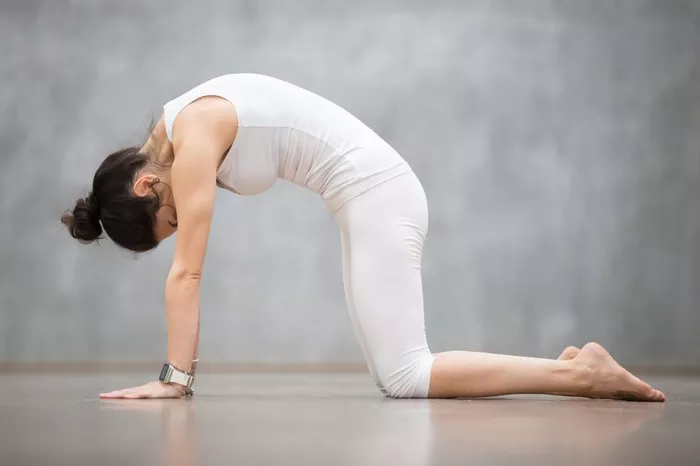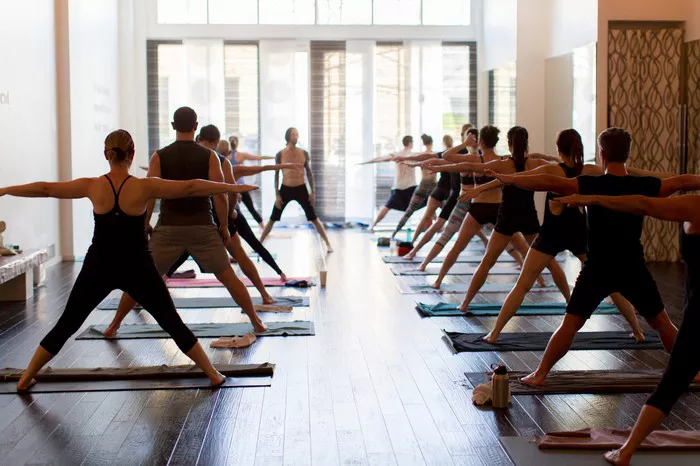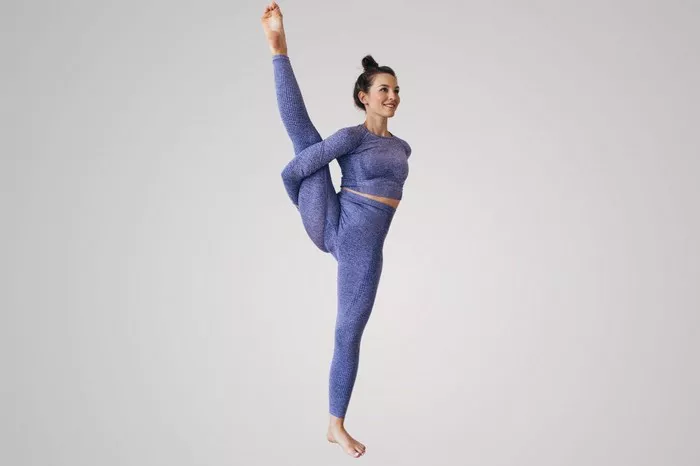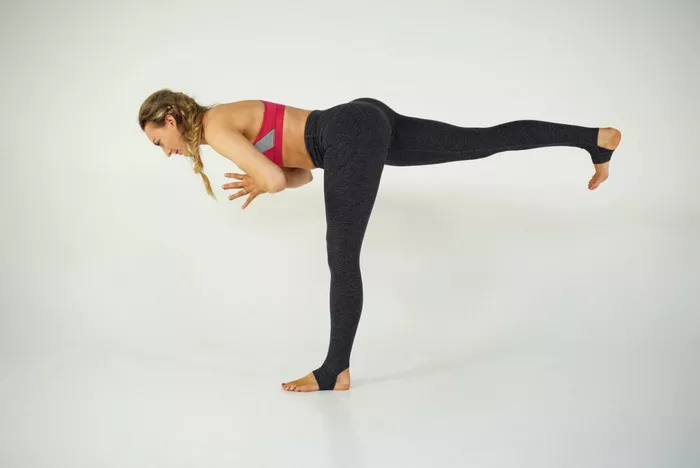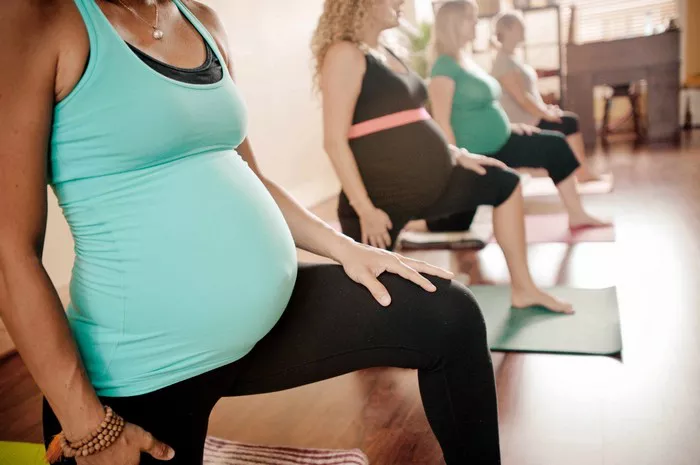Strengthening your shoulders through yoga is an effective and holistic approach to improving posture, preventing injuries, and enhancing overall upper body stability. Shoulder health is crucial not only for athletic performance but also for daily tasks such as lifting, reaching, and even sitting properly. This article outlines ten yoga poses specifically designed to develop strength, mobility, and endurance in the shoulders. Each pose is described with clear explanations, making them accessible for both beginners and experienced practitioners.
Importance of Shoulder Strength in Yoga and Everyday Life
Shoulders are among the most mobile joints in the body, allowing for a wide range of motion. However, this mobility also makes them susceptible to injury and instability, especially if not supported by sufficient muscle strength. In yoga, many poses require stable shoulders for safe execution, such as Downward-Facing Dog and Chaturanga Dandasana. Strengthening these muscles helps maintain alignment and control in various asanas.
Beyond the mat, strong shoulders support good posture, reduce the likelihood of developing neck and back pain, and improve functional activities like carrying groceries or typing at a computer. Building shoulder strength through yoga is also beneficial because it incorporates joint stability, muscular endurance, and balance in a mindful and non-impactful manner.
1. Downward-Facing Dog (Adho Mukha Svanasana)
This foundational yoga pose is often one of the first introduced in any yoga practice. It works to both strengthen and stretch the shoulders, making it an ideal starting point for shoulder conditioning.
How to Perform:
- Begin on your hands and knees, with hands shoulder-width apart.
- Spread your fingers and press your palms firmly into the mat.
- Lift your knees off the floor and straighten your legs as much as possible, forming an inverted V-shape.
- Engage your shoulders by rotating your upper arms outward and drawing your shoulder blades down your back.
Benefits:
- Strengthens deltoids, triceps, and upper trapezius.
- Improves scapular stability.
- Increases flexibility in the shoulders and hamstrings.
2. Plank Pose (Phalakasana)
Often underestimated, the Plank Pose is a powerful upper body strengthener that demands active shoulder engagement and core stabilization.
How to Perform:
- Start from Downward-Facing Dog and shift your weight forward.
- Align your shoulders directly above your wrists.
- Keep your body in a straight line from head to heels.
- Engage your core and draw your shoulder blades toward your spine.
Benefits:
- Builds endurance in the deltoids and rotator cuff muscles.
- Promotes scapular control and posture alignment.
- Enhances total body awareness and coordination.
3. Dolphin Pose (Ardha Pincha Mayurasana)
This pose resembles Downward-Facing Dog but is performed on the forearms, placing more focus on shoulder strength and stability.
How to Perform:
- Begin in a forearm plank position.
- Walk your feet toward your elbows, lifting your hips high.
- Keep your shoulders aligned above your elbows.
- Press firmly into your forearms and lift through your upper back.
Benefits:
- Targets the shoulders, upper back, and arms.
- Builds strength in the serratus anterior and rotator cuff.
- Prepares the body for arm balances and inversions.
4. Chaturanga Dandasana (Four-Limbed Staff Pose)
Chaturanga is often included in yoga flow sequences and provides a rigorous challenge for the shoulder and core muscles.
How to Perform:
- Start in Plank Pose.
- Shift slightly forward, keeping elbows close to the body.
- Lower halfway down, maintaining a straight body line.
- Stop when your elbows form a 90-degree angle.
Benefits:
- Strengthens deltoids, triceps, and chest.
- Enhances scapular and rotator cuff control.
- Builds the foundation for arm balancing poses.
5. Side Plank (Vasisthasana)
Side Plank focuses on unilateral shoulder strength and balance, helping to identify and correct muscular imbalances.
How to Perform:
- From Plank Pose, shift your weight onto one hand.
- Rotate your body sideways and stack your feet.
- Extend the opposite arm toward the sky.
- Keep your supporting shoulder directly above the wrist.
Benefits:
- Strengthens shoulder stabilizers and core muscles.
- Improves lateral strength and balance.
- Encourages full-body coordination and awareness.
6. Forearm Plank
A variation of the classic Plank, this pose adds intensity to the shoulder workout by lowering the point of contact to the forearms.
How to Perform:
- Begin on your forearms and knees.
- Extend your legs back into a straight line.
- Keep your elbows under your shoulders.
- Engage your core and press into your forearms.
Benefits:
- Builds endurance in the deltoids and scapular stabilizers.
- Reinforces alignment and joint control.
- Reduces wrist strain compared to traditional Plank Pose.
7. Locust Pose (Salabhasana)
This backbend strengthens the entire posterior chain, including key shoulder muscles.
How to Perform:
- Lie on your stomach with arms along your sides.
- Inhale and lift your head, chest, arms, and legs off the ground.
- Squeeze your shoulder blades together.
- Keep your gaze slightly forward and down.
Benefits:
- Engages posterior deltoids and rhomboids.
- Improves shoulder retraction and scapular strength.
- Enhances posture and spinal alignment.
8. Upward-Facing Dog (Urdhva Mukha Svanasana)
This pose helps open the chest while strengthening the shoulders and arms, often following Chaturanga in a Vinyasa flow.
How to Perform:
- From Chaturanga, press into your hands.
- Lift your chest and thighs off the ground.
- Straighten your arms and roll your shoulders back.
- Keep your shoulders away from your ears.
Benefits:
- Strengthens deltoids, triceps, and spinal muscles.
- Encourages shoulder extension and thoracic mobility.
- Counteracts forward shoulder posture.
9. Reverse Tabletop (Ardha Purvottanasana)
This pose activates the shoulder extensors and chest muscles while improving range of motion.
How to Perform:
- Sit with your knees bent, feet flat, and hands behind your hips.
- Press into your hands and feet to lift your hips.
- Align your shoulders over your wrists.
- Open your chest and keep your neck neutral.
Benefits:
- Strengthens posterior deltoids and triceps.
- Expands the front body and opens the chest.
- Improves shoulder mobility and stability.
10. Eagle Arms (Garudasana Arms)
Though a static stretch, this posture improves shoulder joint mobility and strengthens muscles through isometric contraction.
How to Perform:
- Sit or stand with a straight spine.
- Extend your arms forward and cross one arm over the other.
- Bend your elbows and wrap your forearms together.
- Lift your elbows and reach your hands away from your face.
Benefits:
- Enhances shoulder and upper back flexibility.
- Strengthens muscles through isometric engagement.
- Releases tension from prolonged shoulder use.
Tips for a Safe Shoulder-Strengthening Practice
To maximize the benefits of these yoga poses and prevent injury, it is important to practice with proper alignment and awareness. Keep the following tips in mind:
- Warm up thoroughly before performing intense shoulder work.
- Avoid overloading the shoulders if you feel pain or fatigue.
- Use props like blocks or straps to modify poses as needed.
- Focus on alignment, especially keeping elbows close to the body and scapulae engaged.
- Balance strengthening with stretching to maintain shoulder mobility.
Conclusion
Building shoulder strength through yoga is a sustainable, effective, and integrative method for enhancing upper body stability and function. The ten poses outlined in this article offer a comprehensive approach, targeting various aspects of shoulder mechanics from multiple angles. Incorporating these exercises into your regular practice can help you develop stronger, more resilient shoulders while also improving your overall yoga performance and daily movement quality. By practicing mindfully and consistently, you’ll not only protect your shoulders from injury but also unlock a new level of strength and confidence on and off the mat.
Related Topics:

